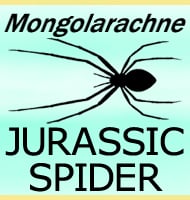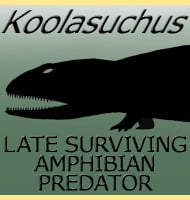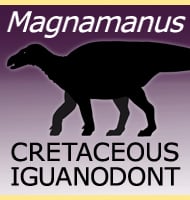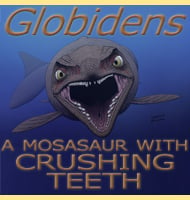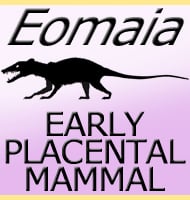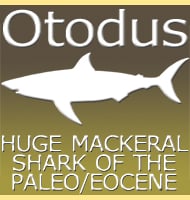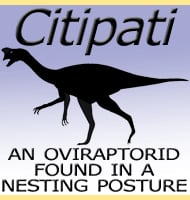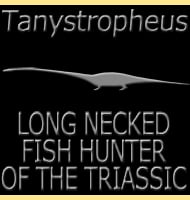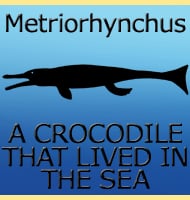In Depth
At the time of the genus description and writing of this, Dryadissector is known only from teeth, but these teeth are nonetheless very interesting indeed. At a glance these teeth are very similar to those of small theropod dinosaurs, laterally compressed and serrated like knives, while recurved so that prey that was impaled upon them could not pull itself free out of the mouth. However, these teeth have a bulge near the base on the inside surface, something that is unheard of in theropod dinosaurs, but common in varanid lizards which would have also been around at this time. This has led the describers to conclude that Dryadissector would have been a varanid lizard (possibly similar to a modern day monitor lizard), but with teeth exceptionally well adapted to slicing through the flesh of animals.
Reptiles are known to shed and regrow their teeth throughout their lives, and so far all the teeth of Dryadissector seem to have been shed by living individuals, which by extension helps explain why no actual bones have been so far found. This makes Dryadissector a tooth taxon, and traditionally tooth taxons are problematic because it is very difficult to infer additional non tooth remains to the genus.
On a further note about the teeth, when you count up the number of Dryadissector teeth known from lower Aguja Formation, they actually outnumber the teeth of all the known teeth from theropod dinosaurs from the Aguja Formation combined. This raises a speculative but very interesting question, were varanid lizards like Dryadissector actually outcompeting the smaller theropod dinosaur predators, at least in Texas anyway?
Further Reading
- A theropod tooth assemblage from the lower Aguja Formation (Early Campanian) of West Texas, and the roles of small theropod and varanoid mesopredators in a tropical lizard predator guild. Palaeogeography, palaeoclimatology. - Palaeoecology - Stephen L. Wick, Thomas M. Lehman & Alyson Brink - 2015.

